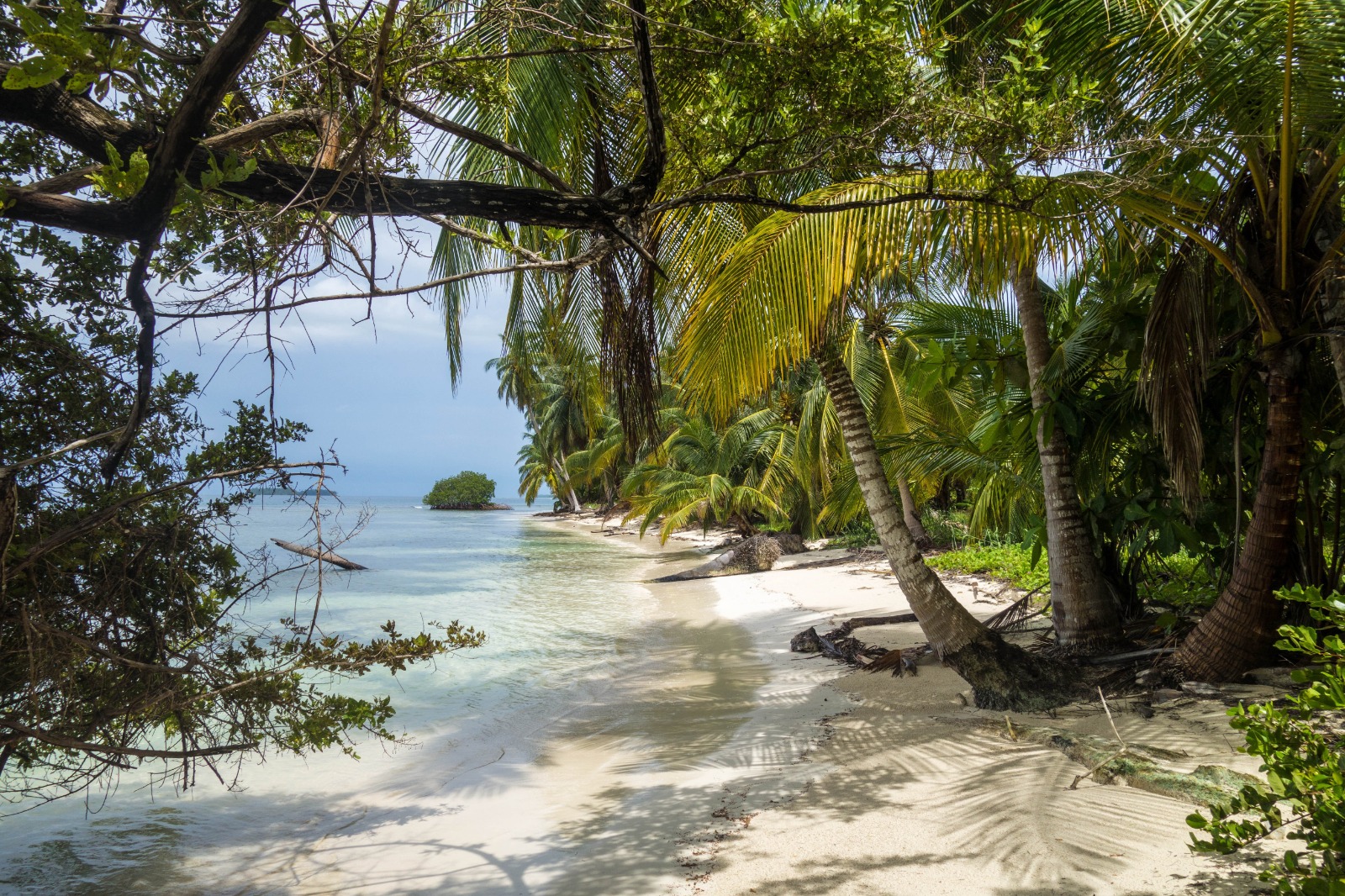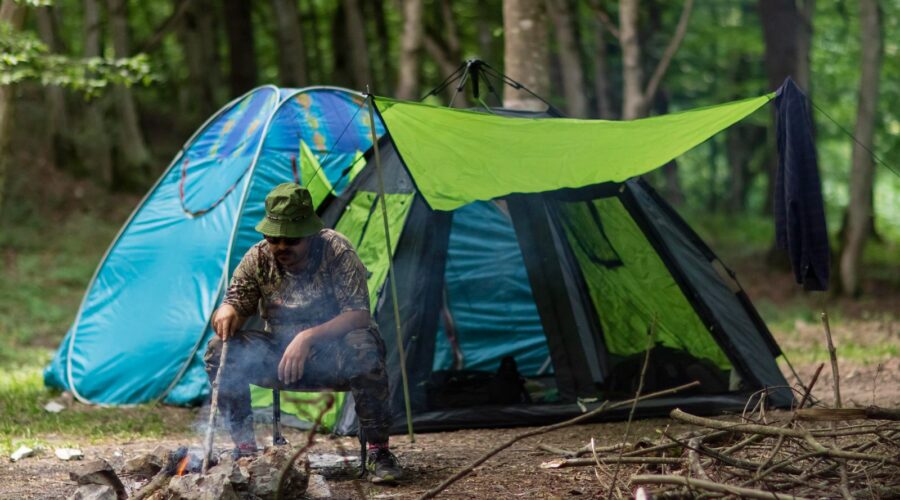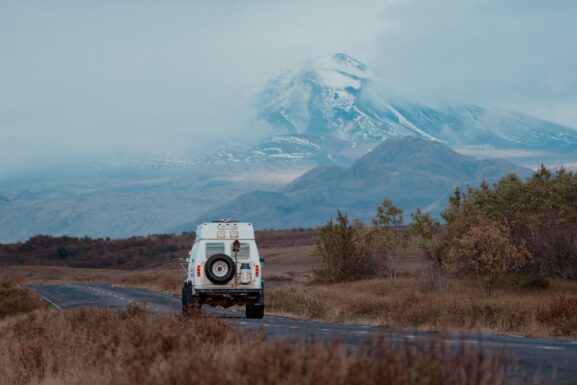Overlanding Alone in India: Understanding the Risks and Ensuring Safe Adventures

A few years back, I was trekking with a small group of four people in one of the dense jungles of the US. All five trekkers were from different countries. One of them was Chinese, the second was Russian, the third was Japanese, fourth was from South Africa. I was the only Indian in the group. We had a beautiful lady-trained trekking guide with us who was a US citizen. She was supposed to help us, only if we get stuck and asked for help.
We didn’t have our phones or any other GPS device with us. We were allowed to have only physical maps and compasses for the trek. After half a day of trekking in the dense jungle, we lost our way. All five of us were confused and not able to get the direction to get out of the jungle by evening. We kept trying with the help of the physical map, compass, and our sense of direction but it got more confusing and commotion started between us.
Finally, the guide stepped in and told us to use our natural instincts in the current situation. So, what are our natural instincts which we had apart from the physical map and compass?
- What do you see?
- What do you hear?
We realized, that far off we can hear the sound of the tyres of vehicles on the road traveling very fast (The sound of a tire of a fast vehicle on the road is also known as “road/tire noise” or “tire roar.” This noise is generated as the tires interact with the road surface while the vehicle is moving at high speeds) and then we looked into our map and compass immediately in coordination with the position of the sun. We found our hidden trail with bushes and came out of the jungle at the end of the day.
So overlanding and camping alone in India, requires using your natural instincts apart from your mobile and GPS devices. Plenty of places don’t have net connectivity and you can get stranded. Especially with the advent of technology, we tend to forget to use our natural instincts which can also be very helpful even in our day-to-day situations of life.
Overlanding, a thrilling and self-reliant form of travel that involves traversing remote terrains, offers a unique opportunity to explore the hidden gems of India. While embarking on an overland adventure alone can be an exhilarating experience, it also comes with inherent risks and challenges. Understanding and mitigating these dangers is crucial to ensuring a safe and enjoyable solo journey.
Overlanding and camping in India is comparatively easier as the density of the population in 2023 is approximately 434 people per square kilometer. So everywhere you go, you will find some company or the other. You can always stick around to the nearest civilization even in remote locations to ensure safety and security.
In this blog, we will explore the potential dangers of overlanding alone in India and discuss essential safety measures to make your adventure a success.
Limited Assistance in Emergencies
Overlanding alone means having no immediate support in case of emergencies. Vehicle breakdowns, accidents, or health issues in remote areas can pose significant challenges when there is no one to provide immediate assistance.
Safety Measures:
- Carry a well-stocked first aid kit and basic tools to handle minor vehicle issues.
- Inform a friend or family member about your travel plans, including your itinerary and expected return date.
- Invest in a reliable communication device or emergency beacon, to call for help if needed.
Road Conditions and Navigation Difficulties
India’s diverse landscapes may present challenging road conditions, especially in off-the-beaten-path areas. Navigating through unfamiliar terrains can be demanding and potentially risky for solo overlanders.
Safety Measures:
- Research your route thoroughly and consult reliable maps or GPS systems.
- Avoid traveling at night or in adverse weather conditions, as visibility and road safety can be compromised.
- Seek local advice and information from fellow overlanders or travelers who have experienced the route.
Security Concerns
Traveling alone may attract unwanted attention, and some regions in India may have security risks for solo travelers, especially in remote or less touristy areas.
Safety Measures:
- Stay updated on the security situation in the regions you plan to visit.
- Avoid traveling during periods of civil unrest or political instability.
- Trust your instincts and be cautious when interacting with strangers.
Wildlife Encounters
India is home to diverse wildlife, and encounters with animals can be unpredictable, particularly in forested or rural regions.
Safety Measures:
- Respect wildlife from a safe distance and avoid feeding or provoking animals.
- Research the wildlife in the areas you plan to visit and be aware of any potential risks.
Health and Medical Concerns
Traveling alone means managing health and medical issues without immediate support. Dealing with illnesses or injuries alone can be daunting, especially in remote locations.
Safety Measures:
- Carry essential medications and a well-stocked first aid kit.
- Stay hydrated, maintain a healthy diet, and get adequate rest to prevent fatigue.
- Have access to a comprehensive travel insurance policy that covers medical emergencies.
Overlanding alone in India can be a rewarding and transformative experience, but it’s crucial to be aware of the potential dangers and take appropriate safety measures. Preparedness, research, and responsible decision-making are key to mitigating risks and ensuring a safe and memorable solo journey. By staying informed, planning diligently, and trusting your instincts, you can embark on an Overlanding adventure that allows you to connect with nature, explore hidden gems, and discover the true essence of India. Remember, the rewards of exploring the uncharted far outweigh the risks when approached with caution and respect for the environment and local cultures.
Overlanding alone in India can be a unique and rewarding experience for several reasons:
Freedom and Flexibility:
Overlanding alone allows you to be completely in control of your journey. You can choose your own route, stop wherever you want, and change plans on a whim without having to consider the preferences of travel companions.
Personal Growth:
Solo overlanding can be a transformative experience. It pushes you out of your comfort zone, enhances self-reliance, and fosters personal growth and self-discovery.
Connection with Nature:
Being alone in the wilderness allows for a deeper connection with nature. You can fully immerse yourself in the scenic beauty, tranquility, and serenity of the surroundings.
Mindfulness and Reflection:
Overlanding alone provides ample time for reflection and mindfulness. You can disconnect from the noise of daily life and focus on the present moment and your thoughts.
Meeting Locals:
When traveling alone, you’re more likely to interact with locals and immerse yourself in the local culture. The lack of companions can make you more approachable and open to making new connections.
Flexibility in Accommodations:
Solo overlanders can be more flexible with their accommodation choices. You can camp in remote locations, or even sleep in your vehicle, adapting to different situations.
Challenge and Adventure:
Overlanding alone presents a greater challenge and sense of adventure. It requires you to navigate and problem-solve independently, adding excitement to the journey.
Escape from Routine:
Solo overlanding provides a break from the routines and responsibilities of everyday life, offering a chance to experience a sense of freedom and escape into nature.
Personal Safety and Security:
In some cases, solo overlanding might be safer than traveling in groups, as a solo traveler is less likely to attract unwanted attention.
However, while there are numerous advantages to Overlanding alone, it’s essential to consider the potential challenges and risks as well. Solo travel requires greater responsibility, careful planning, and safety precautions, especially in unfamiliar environments. It’s crucial to inform someone trustworthy about your itinerary, stay connected with others during the journey, and prioritize your safety at all times.
Ultimately, whether to embark on a solo overlanding trip in India or not depends on individual preferences, experience, and comfort level with independent travel. Some travelers thrive on solitude and adventure, while others prefer the camaraderie and shared experiences of traveling with companions. Whatever your choice, India offers a diverse and captivating landscape for any overlanding journey.
Happy Solo Overlanding!!!


